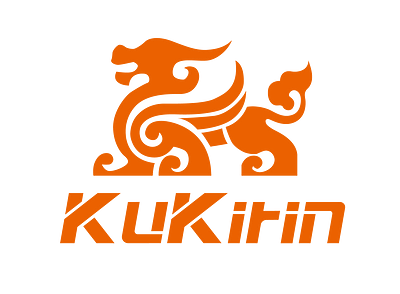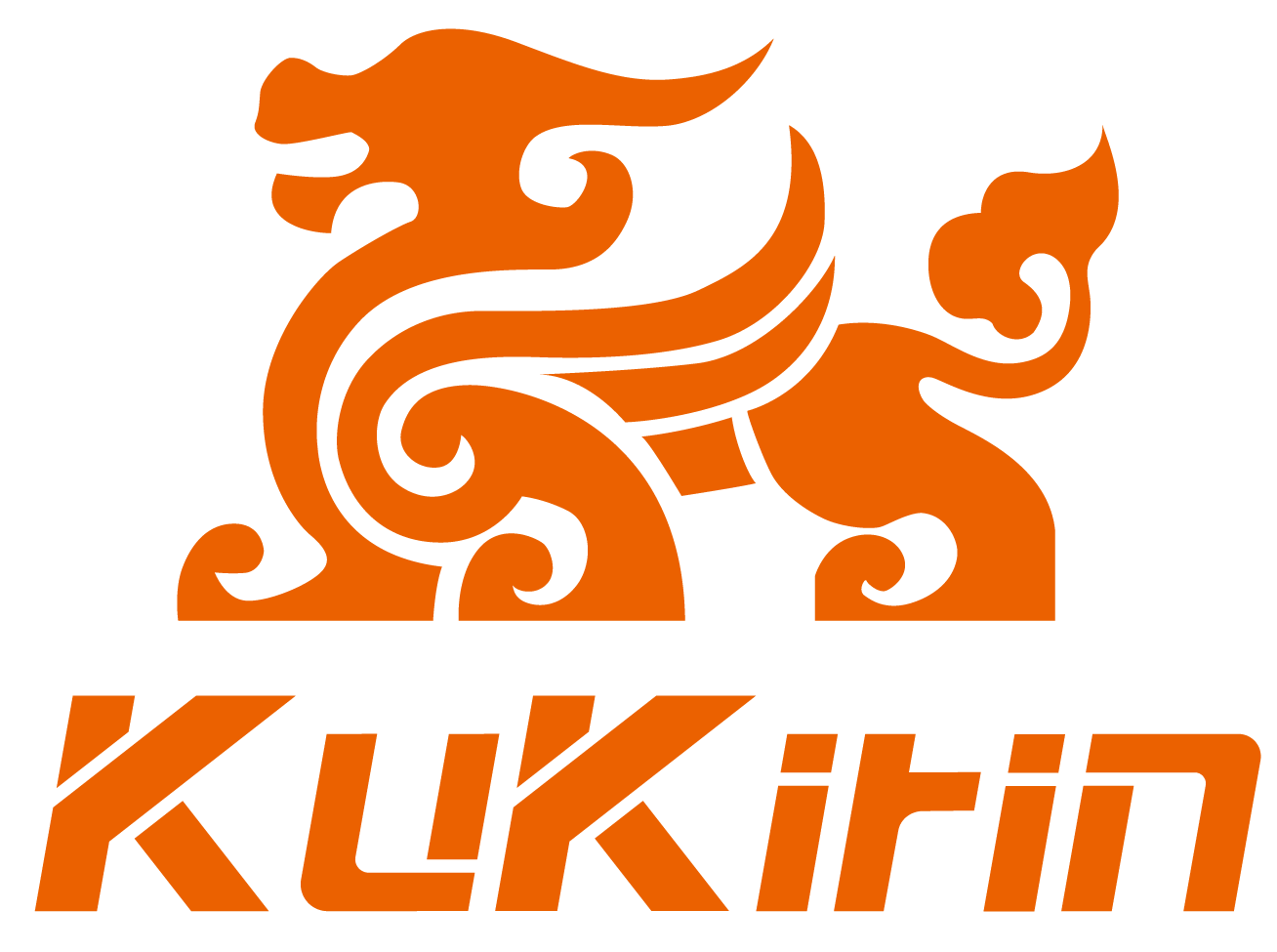What is an electric scooter motor?
Think of the motor as the e-scooter’s powerplant. It means it determines and generates the power your e-scooter will use while riding. It will also determine the acceleration, max speed, hill-climbing ability, overall performance, and power consumption of your e-scooter. Most commuter e-scooters include one motor, but high-performance or off-road e-scooters usually use dual motors for extra power.
The basics of electric scooter motors:
1.Brushless DC Hub Motor (BLDC Motor)
Most every scooter – the overwhelming majority of electric scooters, that is – uses some kind of BLDC hub motor, which means that the motor lives inside one or both of the scooter’s wheels. A hub-mounted electric motor is a part we hardly ever notice, but without it, the most powerful scooters on the road wouldn't be going anywhere.
BLDC motors have almost fully replaced brushed DC motors, an older electric motor technology that uses mechanical brushes to move electrical current. Brushed motors are far less efficient than Brushless motors and more subject to mechanical failure and overheating.
Since you'll probably never see a Brushed DC motor on an electric scooter, we won't dwell on other differences. It's enough to say that BLDC motors allow for regenerative braking, in which the excess heat generated by electronic braking gets turned into electricity and transferred back to the battery.
Electric motors are primarily rated in Volts and Watts, although a few other numbers can also come into play. Power itself comes from the battery, the electric scooter’s gas tank.When you turn the throttle, the controller sends the right amount of electrical power to the motor, and the BLDC hub motor turns electricity into physical torque, transmitting it directly to one or both wheels.
2.Volts
Voltage measures how much current can push through to the motor. A higher voltage motor will generally be more efficient. An electric scooter motor's voltage correlates with the voltage of its controller and battery, and all work together to deliver power most efficiently.
Some of the most common voltages for electric scooters are 24V, 36V, 48V, 52V, 60V, 72V, and even, at the very high end, 84V in hugely powerful scooters like Minimotors Dualtron X Limited. In general, higher voltage electrical systems generate more power for faster acceleration, more torque, and a higher top speed.
3.Watts
Watts is a measure of power consumption, or the amount of power that a motor can consume. In general, a higher motor watt rating will mean faster acceleration, higher load limit, and higher top speeds.
Motor wattage offers one key indicator to motor performance, but it's not the only one, and two motors rated with the same wattage can perform very differently in the real world in terms of acceleration and hill climbing ability, for example.
Watts tells you how much power an electric motor can take, but not how much power output it can generate in return.
4.Peak Power Consumption
Most quality electric scooters will list their motor power rating in two figures: Nominal (or continuous) power and Peak power.
Peak power consumption refers to the amount of power a motor can consume in shorter bursts of high intensity.
Generally, the higher the rated peak power, the faster an electric scooter will accelerate and climb hills, so it's important to pay attention to this number.
5.Torque
Torque describes the twisting force produced by a turning motor, and it's the force that turns the wheels and makes the scooter move.
Torque is measured in Newton meters (NM) or foot-pounds. Most electric scooters, however, don't list a motor's torque (though some might describe their vehicles as "torquey").
Watts measures the input capacity of electric motors-- the amount of power they can consume -- while torque describes their output, the actual motor power generated.
Electric scooter manufacturers do not provide this figure, so it's important to read reviews written by people who have ridden an electric scooter you might want to buy to find out how it actually performs on the road.
6.Speed and Acceleration
When it comes to speed and acceleration, a motor's wattage is not the only factor to consider. The weight of the rider and the terrain can also affect performance.
Additionally, the type of motor an electric scooter can also impact acceleration and top speed. For example, a dual motor scooter will generally have faster acceleration and a higher top speed than a single motor scooter.
As noted, an electric scooter's voltage can also affect speed and acceleration, as can the size of its battery cells and the efficient operation of its motor controller.
7.Hill Climbing
Higher wattage motors and motors with higher torque are better equipped to handle steep inclines. hill climbing ability is also greatly affected by factors such as rider weight, terrain, and even weather and wind direction.
It's important to consider the climate, the terrain you'll be riding, and the weight of the rider when choosing an electric scooter motor.
If you plan on tackling hills frequently, or riding in adverse conditions, it's best to opt for a scooter with a higher wattage motor, higher peak power rating, and higher torque.
Dual motor power will pretty much always get you over hills faster than single motor power.
If you want to buy an electric scooter,kukirin is a good choice .Follow us for more details.Our website is following:www.officialkukirin.com

